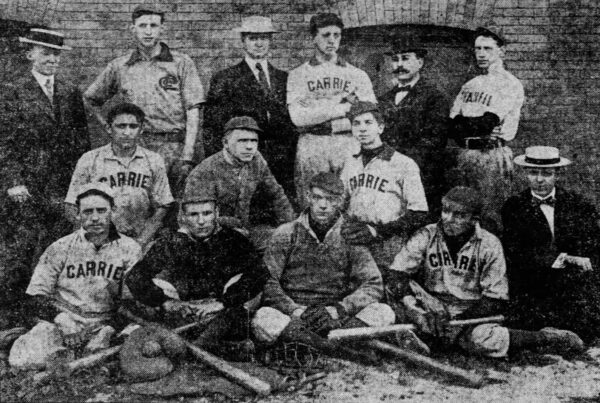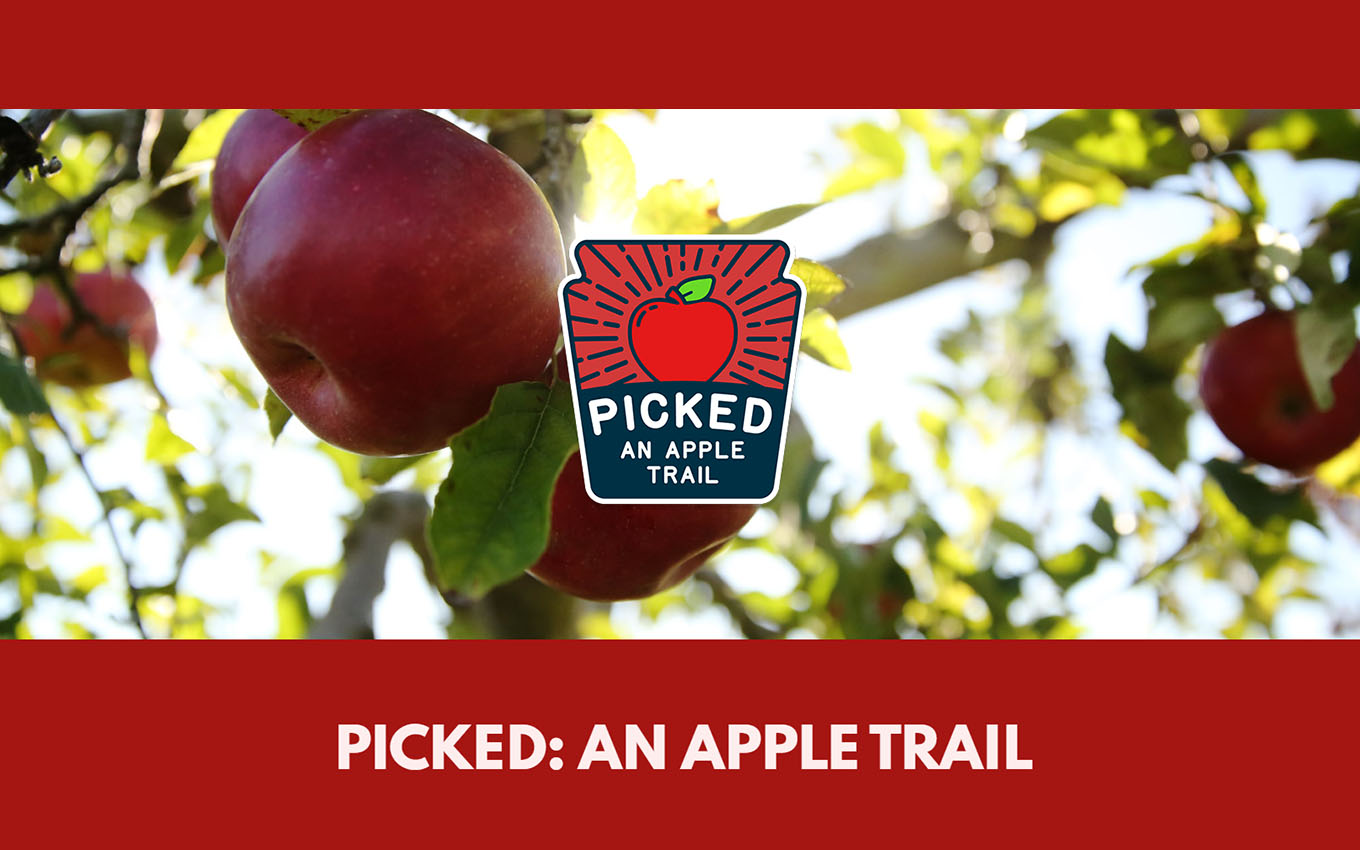
Exploring PA in a Tasty Way—Culinary Trails
This week we are excited to shine a spotlight on the Center for Regional Agriculture, Food, and Transformation (CRAFT) at Chatham University. The CRAFT team created four culinary trails for the Pennsylvania Department of Community and Economic Development—trails that highlight the foodways traditions in southwestern Pennsylvania and throughout the Commonwealth. In the article below, guest writer and Program Manager for CRAFT, Cynthia Caul, offers a taste of the Picked: An Apple Trail.
By Cynthia Caul, Program Manager, CRAFT at Chatham University
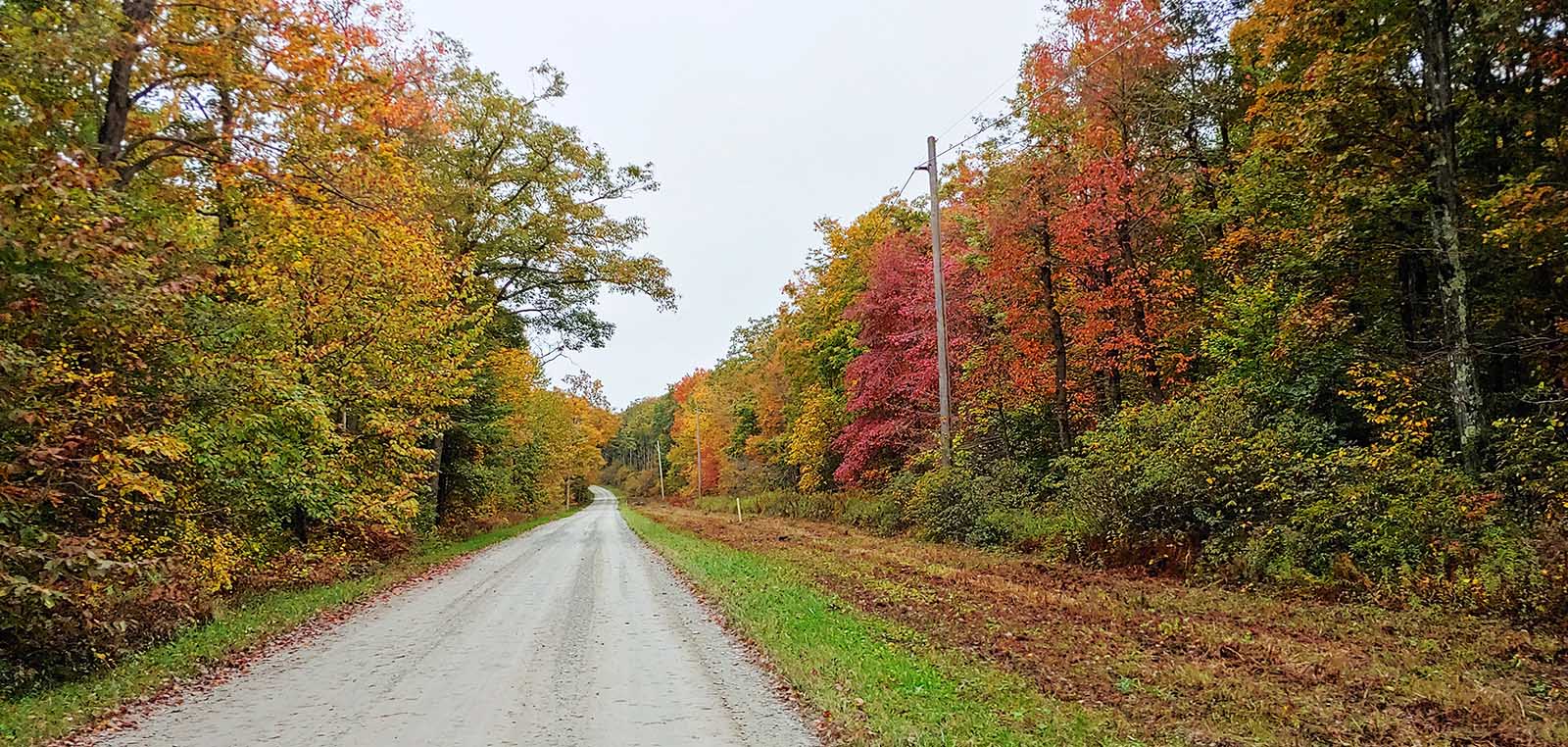
Fall is upon us. The air has turned cool and crisp. The leaves are changing colors, falling to the ground, and crunching underfoot. People are drinking pureed pumpkin frothed with warm milk and sugar, and in Pennsylvania, apples are ripening on the trees to be turned into delicious ciders, sauces, pies, and so much more. You can check out these apple treats for yourself on the Picked: An Apple Trail. This story highlights the fourth and final trail that we at Chatham University’s Center for Regional Agriculture, Food, and Transformation (CRAFT) created in collaboration with the Pennsylvania Department of Community and Economic Development.
Pennsylvania Apples
Pennsylvania is one of the largest apple-growing states in the country with over 20,000 acres of apple orchards producing up to 500 million pounds of apples per year. A little under half of these apples are sold fresh, and the rest are sold in a myriad of value-added forms.
In this region, the Appalachian Mountains have bestowed us with rolling hills and the well-drained soils that so often accompany them. You may be most (and unpleasantly) familiar with this phenomenon manifesting as a wet basement or collapsing retaining wall. However, this phenomenon is also responsible for creating great soil and conditions for apples trees to flourish and thrive.
The south-central part of the state is most conducive to apple growing. However, throughout history, apples have been grown throughout the state. At one point, almost every farm in the state included an apple orchard. The trees were usually grown from seed, and the apples they produced were called “spitters.” This was because when you ate the fruit, you’d usually have to spit out the sour-tasting seed.
Because of this sour taste, these apples were often processed into alcoholic cider or vinegar rather than eaten fresh. This made these orchards vulnerable during prohibition; the FBI burned down many orchards during this period.
Where orchards still remain and are plentiful in the state, there is often a vibrant culture of seasonal markets and food traditions that include fresh apple cider (alcoholic and nonalcoholic), apple butter, and handmade apple dumplings and other baked goods. Nowadays, there is wide variety of apples grown that are sweeter in taste—due to grafting, a form of plant breeding—which are better suited for these types of treats.
However, in spite of conducive growing conditions and this rich history, apples are not indigenous to this area—or to this country or continent at all. They actually originated in modern-day Kazakhstan in Paleolithic times and did not make their way to this continent until the 1500s. First, the presence and popularity of apple trees spread across Europe. Then, they were brought to Mexico and South America by Spanish colonizers. A bit later, the apple trees were planted in other parts of North America; British colonizers were the ones to bring them to our region. One such colonizer who is so often associated with apples and their prevalence in this region was John Chapman. You may know him as Johnny Appleseed.
Johnny Appleseed
Chapman was born in Massachusetts and found his way to Pennsylvania, where he gathered apple seeds from the cider mills along the Monongahela River and carried them throughout the state, as well as Ohio, Indiana, and Illinois, planting as he went. This in effect granted him legal claim to these lands. At that time, roughly the early 19th century, one way homesteaders colonizing the western frontier were able to gain recognized ownership of lands was if they planted at least fifty apples trees on the land. So as these individuals and families traveled westward, Chapman sold them his newly acquired plots of land and the orchards that grew upon them.
This was a rather lucrative business venture for Chapman. It also effectively seized ownership of these lands from the indigenous communities that had inhabited, cultivated, and cared for them for generations, moving into the hands of frontier families and European colonizers. In the 19th century, our beloved apples that have graced this earth since 10,000 BCE became instruments of an injustice that has not yet been rectified.
Chapman or Johnny Appleseed is often mythologized as a pacifist and environmentalist, but his actions contributed to land theft and new forms of land ownership and farming that were even contrary to his own environmental beliefs. For example, he would have opposed the sweet, grafted apple varieties that we’ve come to love today, as opposed to the sour spitters, as he did not believe this form of plant breeding was appropriate. Grafting is a form of plant breeding where the roots of one plant are attached to a new shoot or branch of another plant, and it is required to produce these sweeter varieties.
As I have mentioned in previous posts, when we decided to take a food systems approach to developing these trails, we were looking to answer and unpack questions about who was growing and making what where, as well as how these food practices and traditions came to be in this region. This process of exploration and self-reflection can often be as rich as it is fraught. In the case of apples, we carry the dissonance that exists between these beloved fruits of the earth, the joy and traditions that accompany them, and the complicated role they played in our region and country’s colonial history.
 With Gratitude
With Gratitude
As I wrap up this final blog in the series, I want to thank Rivers of Steel for giving me this space to highlight this work.
Additionally, I want to give a special thanks to Mary Miller, the culinary historian we worked with on this project, who shared an absolute wealth of knowledge and spent a monumental amount of time driving around our state visiting the businesses you can now find featured on all four Baked, Chopped, Pickled, and Picked trails.
Hitting the Trail
Finally, I want to thank you for reading along! I appreciate your time and attention. I hope you get a chance to experience some or all of the trails and that it is a truly meaningful experience for you that leaves you feeling full, including but not limited to your stomach.
As you are headed out on your travels this fall, here are a few highlights from the western portion of the trail:
Apis Mead in Carnegie, where you can find a seasonal cyser made from local apples. Cyser refers to a mead, which a type of wine, that is made with apples.
Emmett’s Orchard in Mercer County. This is a family-owned farm growing apples and making fresh apple cider, muffins, and jams—all of which they sell in their gift shop!
Furhman’s Cider Mill & Luminary Distilling in Erie. Fuhrman’s cider mill has been producing cider for over 125 years. They more recently joined forces with their neighbor, Luminary Distilling. One of the most popular collaborations is the Apple Pie Moonshine.
Twin Pies in Linesville, where you can find all the pies—including the classic apple pie, an apple raisin crumb pie, a Dutch apple pie, and pies made with other seasonal fruits as well. This a family-owned business that makes pies from old and new family recipes.
Tavern on the Square in New Wilmington. We almost lost this ninety-one-year-old tavern and former Underground Railroad stop to the pandemic, but it is under new ownership and renovation and is set to open in 2023. I’m leaving this here for future reference (and to nudge the new owners to bring back those renowned apple dumplings!)
Further Afield
If you’re looking to travel a bit further and take in more of that fall foliage, you might want to check out:
Tait Farm Foods, in Centre Hall, PA, which provides spiced apple shrub and apple butter, as well as a variety of other shrubs, jams, butters, mustards, and more.
Mile Level Farm Market in La Vale, MD, where you can get Pennsylvania Apple Pie Cheddar cheese, apple dumplings, and apple teas.
Case’s Mansfield Cider Mill in Mansfield, PA, is a 125-year-old cider mill that produces ciders, jams, dumplings, and more from locally grown apples.
Schlegel Farm in Dalmatia, PA is a fifth-generation eco-farm that grows over thirty varieties of apples.
The Markets at Hanover in Hanover, PA (of course), where you can find apple snitz (schnitz), apple wine, and other local goods to accompany your apples, including honey and cheese.
National Apple Museum in Biglerville, PA—yes, that’s a thing. The museum is located in Adams County—the heart of the apple-growing region in Pennsylvania. You can learn all about the history of apple growing here.
Apple Valley Creamery in East Berlin, PA. As the name suggests, this is a dairy, but relevant for our purposes, they sell smoked Applewood cheddar, apple griller sausage, and Oyler’s apple cider at their farm store.
About CRAFT
The Center for Regional Agriculture, Food, and Transformation (CRAFT) works to support robust regional food systems that are equitable, inclusive, and sustainable in Western Pennsylvania and beyond.
CRAFT works with a number of regional partners to develop culinary trails that support economic development particularly in our region’s rural communities.
These trails aim to highlight the rich heritage and food traditions of the region, as well as include the history and culture of all of the region’s historical and current residents. We take this inclusive approach in order to acknowledge, learn, and inform about the fraught and complex history of land ownership and food production in our region and country, recognizing and celebrating the contributions of displaced indigenous and enslaved peoples.
The trails provide regional farms and food businesses with increased markets and promotional opportunities, and provide tourists with a deeper understanding of the regional food system and the unique value and history of the food grown and prepared within it.
 Cynthia Caul is the program manager for CRAFT at Chatham University and graduate of the University of Pittsburgh’s Graduate School for Public and International Affairs, where she studied International Development. Cynthia’s research has focused on food and nutrition security, land access, and the role of agricultural smallholders in an increasingly globalizing economy. She also worked at the Ford Institute for Human Security, conducting research on human rights-based approaches to improving agricultural land access for women farmers and was the 2017 recipient of the Simon Reich Human Security Writing Award. Prior to her current role, Cynthia worked on public health programming in Ghana with the U.S. Peace Corps.
Cynthia Caul is the program manager for CRAFT at Chatham University and graduate of the University of Pittsburgh’s Graduate School for Public and International Affairs, where she studied International Development. Cynthia’s research has focused on food and nutrition security, land access, and the role of agricultural smallholders in an increasingly globalizing economy. She also worked at the Ford Institute for Human Security, conducting research on human rights-based approaches to improving agricultural land access for women farmers and was the 2017 recipient of the Simon Reich Human Security Writing Award. Prior to her current role, Cynthia worked on public health programming in Ghana with the U.S. Peace Corps.
If you’d like to know more about the culinary trails, check out her most recent post in this series, which features the Pickled Trail,

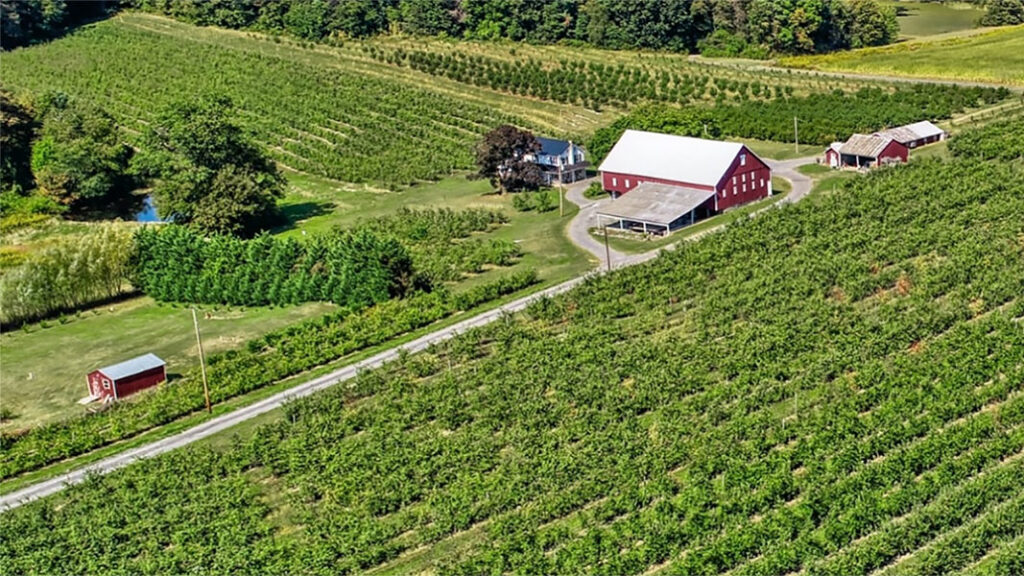
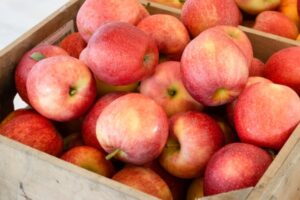 With Gratitude
With Gratitude